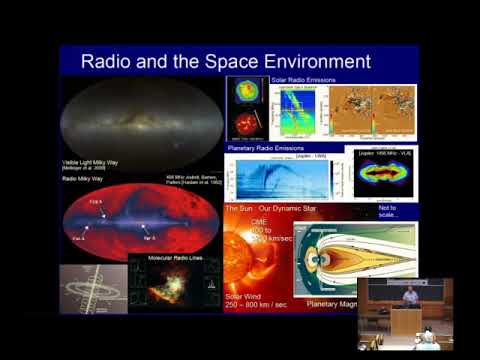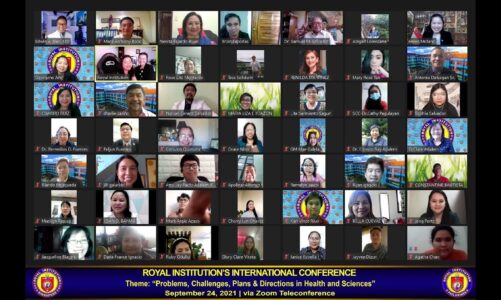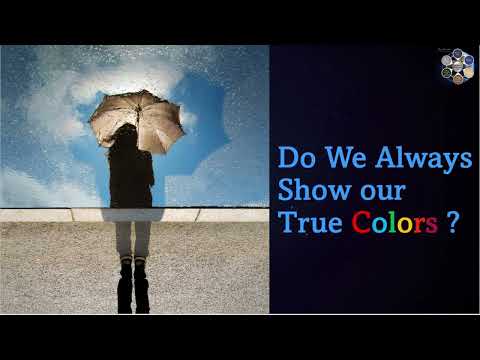WPI
Invited Presentation 1: “Remote Sensing of the Space Environment Using Software Defined Radio”
Abstract :
From studies of the ionosphere to astronomical measurements with arrays of radio telescopes the manipulation and analysis of RF signals has been key to new instrumentation and many resulting discoveries. Software radio technology has been a core component of remote sensing of the space environment for several decades now. The flexibility of combining computing and radio was adopted very early on in scientific applications. This enabled new classes of scientific experiments which would otherwise have been impossible. The capability and adaptability of software radio instrumentation and systems has been growing consistently with the exponential increase in available computing power. The recent surge of low cost software radio hardware technology has enabled a new generation of instrumentation. These instruments are increasingly blurring the line between traditionally separate scientific disciplines as well as practical applications. I will discuss the science and the instrumentation enabled by software radio with highlights from studies of the ionosphere and radio astronomy. My overview will focus on the relationship to work underway at MIT Haystack Observatory. I will highlight the core architectural patterns of scientific software radio and discuss the evolution of our systems over several decades of rapid technological change. I will also look forward to the possibilities for discovery offered by the next generation of software radio and radar instrumentation.
Biography:
Dr. Frank D. Lind is a Research Engineer at MIT Haystack Observatory where he works to develop and use radio science instrumentation. At the Observatory he leads many technical efforts involving software radio instrumentation cutting across Geospace, Astronomy, and Space science. These instruments are used to make detailed physical measurements and have been part of many NSF, NASA, and DoD supported investigations. Key instrumentation includes the National Science Foundation’s Millstone Hill Geospace Radar Facility, the new RAPID (Radio Array of Portable Interferometric Detectors) system, low cost array radars, software defined radio architectures for radio telescopes, and efforts to develop an electromagnetic vector sensor for the upcoming NASA AERO (Aurora Emissions Radio Observer) cubesat mission. Dr. Lind studied at the University of Washington where he received a Bachelor of Science degree in Physics and a Bachelor of Science degree in Computer Science in 1994. He then joined the UW Geophysics Program and pursued studies leading to the Doctor of Philosophy in Geophysics in 1999. His work there focused on Passive Radar observations of the Aurora Borealis. He is a prior chair of USNC URSI Commission G (United States National Committee of the International Union of Radio Science), a member of the American Geophysical Union (AGU), and a member of the IEEE.
Friday 4 May 2018
Source



